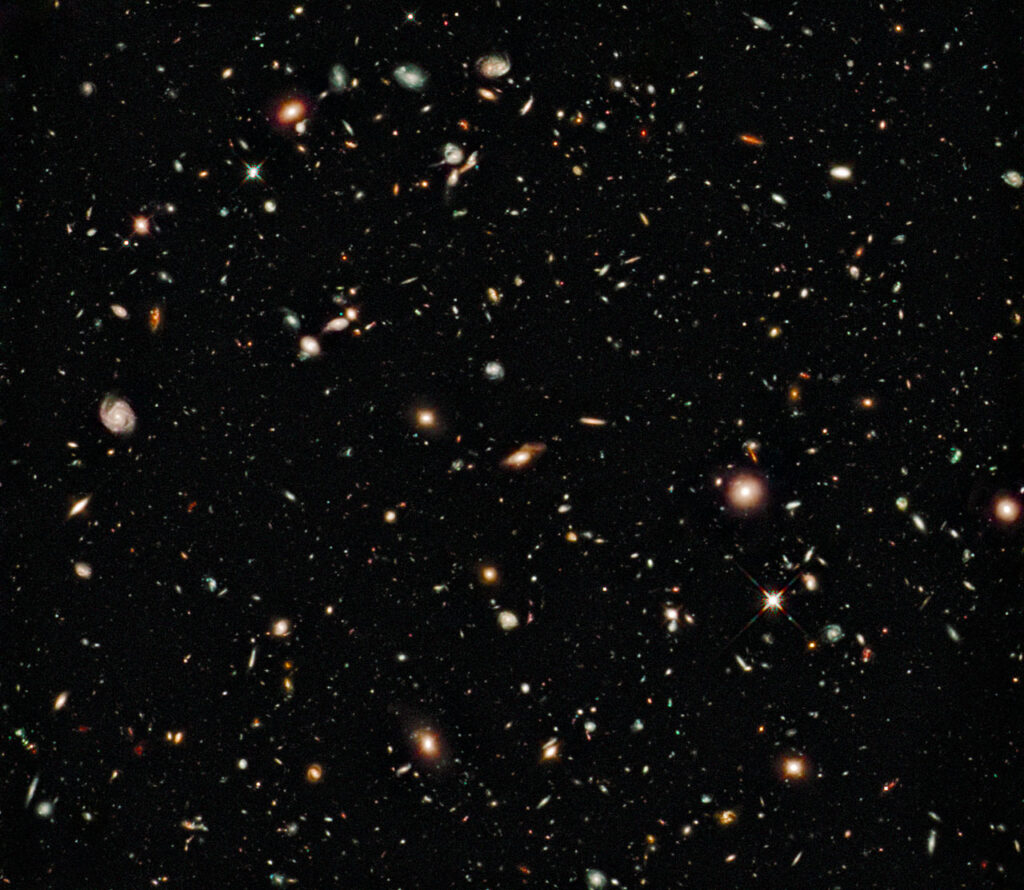
A lot of research is made possible thanks to surveys that have observed large regions of our sky to exacting standards. For ZTF, their standards are to take many shorter exposures that reveal what changes as they look for supernovae and other temporary events The Sydney-Australian-Astronomical-Observatory Galaxy Survey, or SAMI survey for short, has a very different purpose: it looks at how galaxies are aligned in space.
Our universe has a swiss cheese-like large-scale structure. Galaxies, in general, are found along the filigree walls and in the giant clusters where these walls come together. This structure is the result of slight density variations in our universe’s initial distribution of mass. Areas that had slightly more material were able to gravitational steal material from the slightly lower-density areas. This gradual flow of material is fairly well understood.
What had not been well understood is how these processes influence the formation of galaxies. At least it hadn’t been understood until now.
In a new paper in the Monthly Notices of the Royal Astronomical Society, researchers led by Stefania Barsanti studied how disk-shaped galaxies were aligned – or not – with the filaments of our universe’s large-scale structure. They found that systems with smaller central bulges tend to align their bulges rotation with the filaments, while systems with larger bulges tend to be perpendicular to the filaments.
It’s believed that galaxies – and their bulges – grow through collisions, and these observations imply that when two systems merge, the resulting galaxy’s bulge ends up perpendicular to the system.
These results add beautiful details to our understanding of how galaxies change as they merge. It really is a star-eat-star and galaxy-eat-galaxy universe out there.
And we’re here to explore it.
More Information
Science in Public press release
“The SAMI Galaxy Survey: flipping of the spin–filament alignment correlates most strongly with growth of the bulge,” Stefania Barsanti et al., 2022 August 26, Monthy Notices of the Royal Astronomical Society




 Join the Crew!
Join the Crew!
 Escape Velocity Space News
Escape Velocity Space News
0 Comments